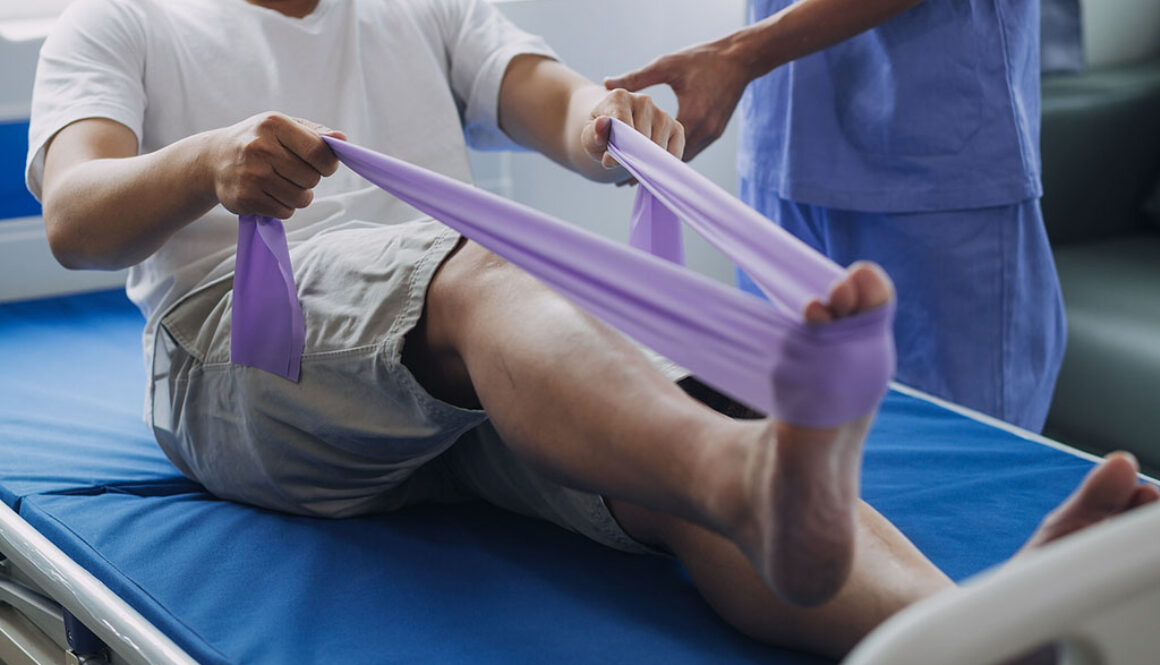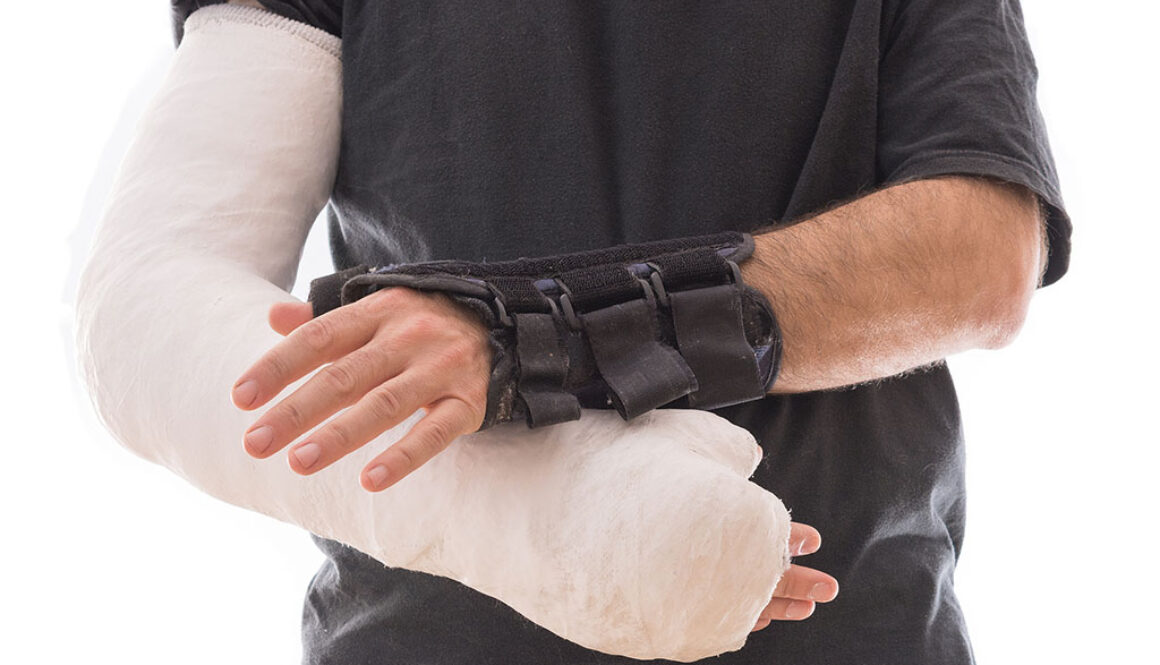5 Keys to Successful Prehabilitation For Joint Replacement
Through our extensive rehabilitation services, we have helped patients get their lives back to enjoying the activities they once did before chronic joint pain diminished the quality of their lives. But one of the keys to success is preparing yourself for the rehabilitative process even before your procedure. We call this prehabilitation for joint replacement, and it can help both you and your orthopedic surgeon in Raleigh set the stage for your success. In this article, we’ll take a look at the keys to both successful prehabilitation and rehabilitation, including what to expect, how to aid in your recovery, and how […]


